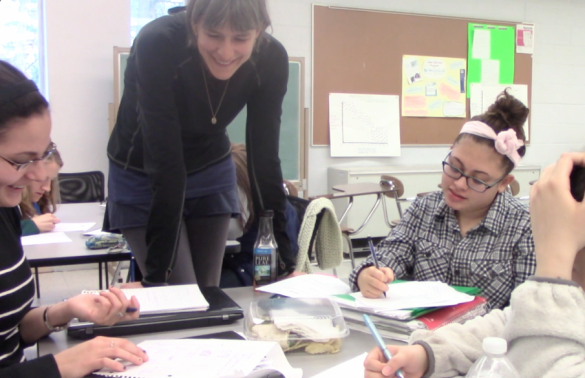Rubik's Cube Failures
These are excerpts from Math Explorations in Spring 2016. Students get frustrated and make many mistakes before finally succeeding in solving the cube. It is important for them to learn that this is part of doing mathematics.
This video was taken in a mathematics for liberal arts class with 30 students. It met two times a week for 75 minutes each.

